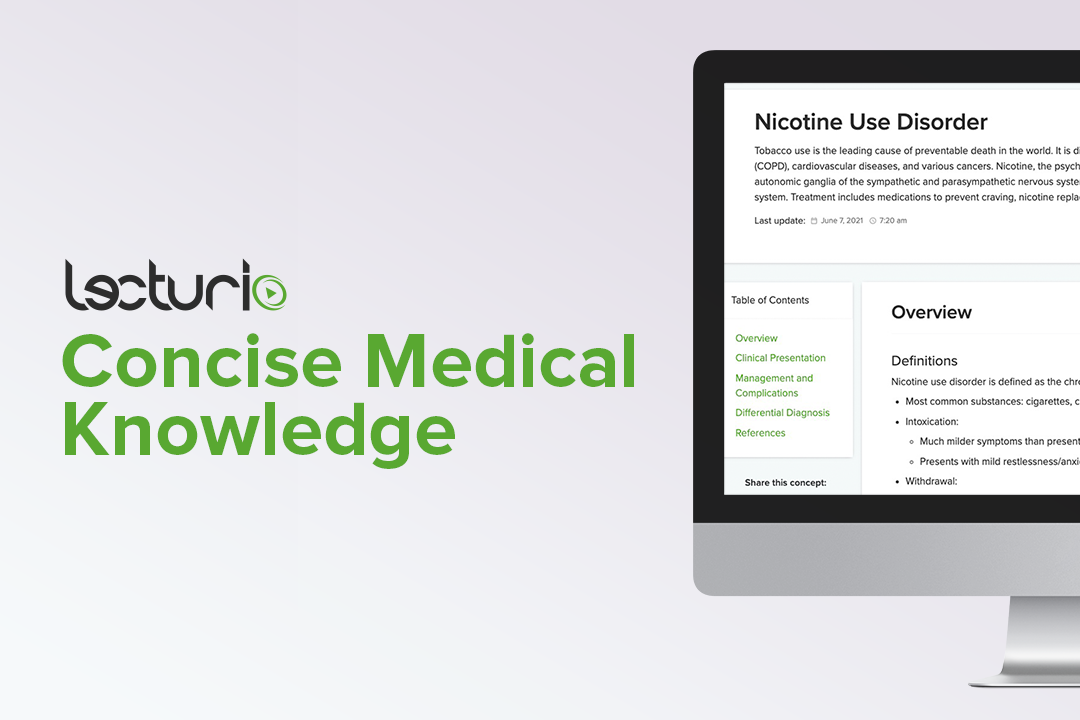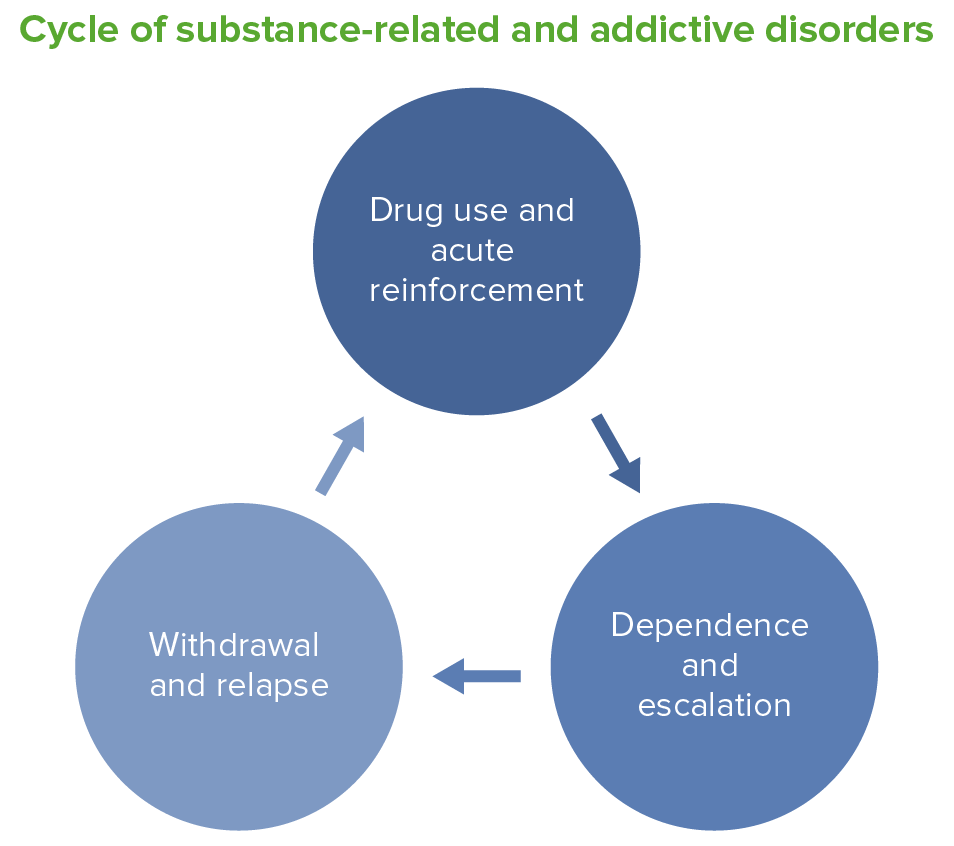Playlist
Show Playlist
Hide Playlist
Caffeine and Nicotine – Drugs of Abuse
-
Slides Caffeine and Nicotine Drugs of Abuse.pdf
-
Download Lecture Overview
00:01 Another class of toxic stimulants are caffeine and nicotine, ampetamines and cocaine. 00:09 Caffeine is a methylxanthine. It's part of the methylxanthine class of drugs. 00:14 It is a nonselective A1 and A2 antagonist of adenosine. And it induces intracellular calcium release. 00:22 So for example, in the heart, we need calcium to cause a cardiac contraction. 00:27 So, increasing intracellular calcium results in increased cardiac contraction. 00:33 That's why caffeine causes stronger contraction and a faster heart rate. 00:37 Withdrawal of this medication causes withdrawal lethargy, withdrawal irritability and withdrawal headache. 00:44 "Caffeine free" energy drinks are often sold now. 00:48 We speak about energy drinks or 5 hour energy or any of this other products, they contain non-caffeine methylxanthines. 00:56 So, they still have a methylxanthine but they managed to get around FDA and HPB regulations by calling themselves caffeine free because technically they don't have caffeine in them. 01:07 Toxicity. CNS stimulation includes tremor, insomnia and nervousness. 01:12 Now, they may not be that harmful on the cardiac tissues as we had originally suspected, but there are some long term toxic CNS side effects like dependance that we have to be worried about. 01:23 So, here's a list of the levels of caffeine in various drinks. You notice that A&W root beer, for example, is completely decaffeinated, and Starbucks grande caffe mocha has 530 mg of caffeine with one drink. 01:39 Nicotine is the most commonly abused drug on the planet. Nicotine stimulates the nicotinic cholinergic receptor. 01:47 Withdrawal from this drug includes lethargy, irritability and headache. 01:51 And we now use a drug called Champix or Chantix or varenicline which is a partial agonist of the alpha-4-beta-2 nicotinic receptor. 02:02 Welbutrin or Zyban is an antidepressant and anti smoking aid which is a nicotinic antagonist. 02:10 It also is used as an antidepressant agent. Nicotine replacement therapies are often used to treat nicotine addiction. 02:18 Gum, patches, candies, the more recent "e-cigarettes" were intially targeted as nicotine replacement therapy to get people to stop smoking. But more recently, these new e-cigarettes or vaping has essentially replaced cigarettes, and there's no intention of getting people to quit using e-cigarettes.
About the Lecture
The lecture Caffeine and Nicotine – Drugs of Abuse by Pravin Shukle, MD is from the course Toxicology. It contains the following chapters:
- Caffeine
- Nicotine
Included Quiz Questions
What is the primary mechanism of action of caffeine?
- Adenosine antagonism
- Acetylcholine agonist
- Dopamine agonism
- Serotonin reuptake inhibition
- Norepinephrine agonism
Which antidepressant medication is also commonly used for treating tobacco dependence?
- Bupropion
- Varenicline
- Mirtazapine
- Clozapine
- Tranylcypromine
Customer reviews
5,0 of 5 stars
| 5 Stars |
|
5 |
| 4 Stars |
|
0 |
| 3 Stars |
|
0 |
| 2 Stars |
|
0 |
| 1 Star |
|
0 |





